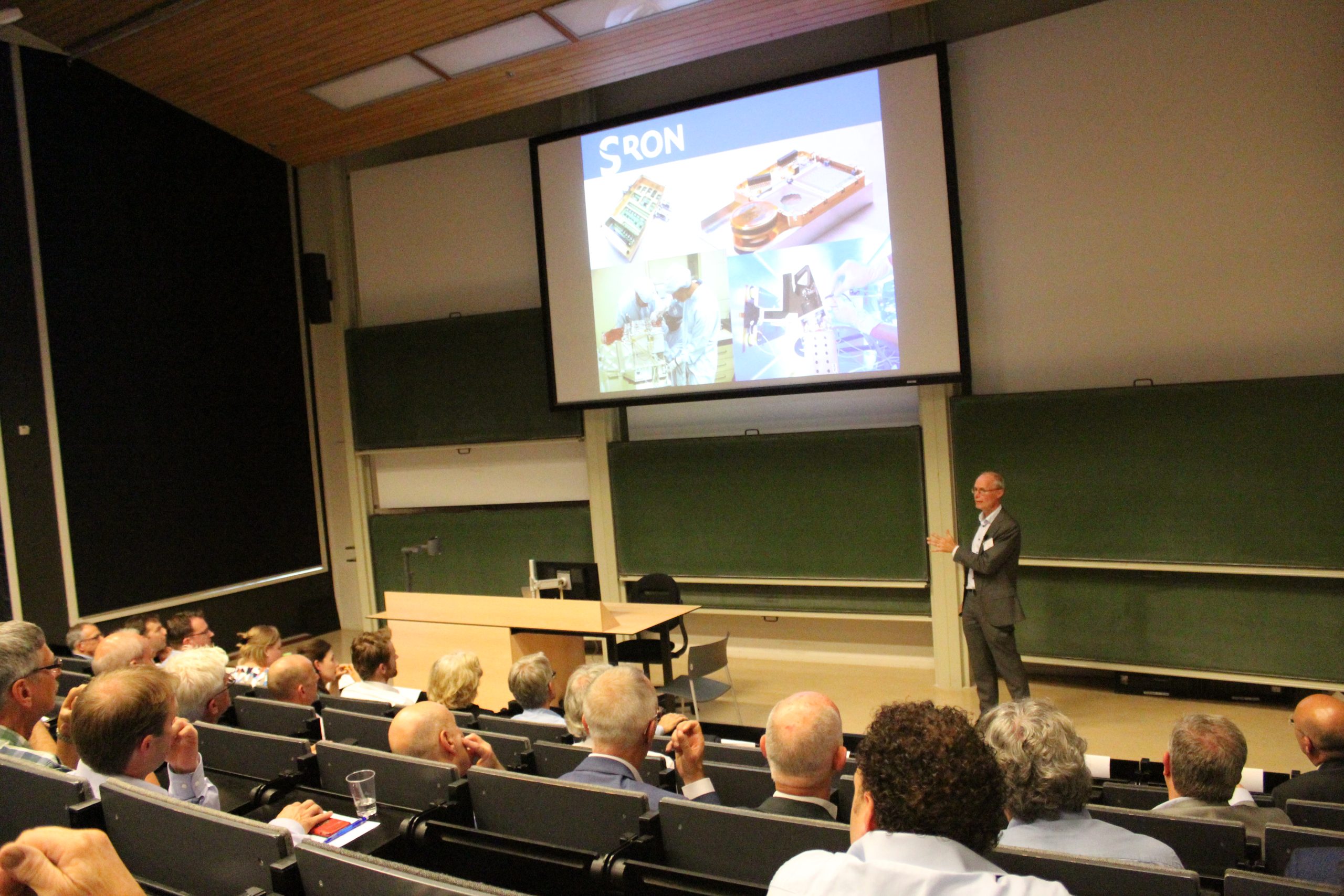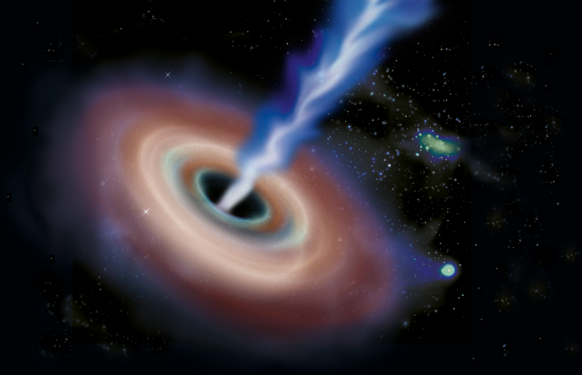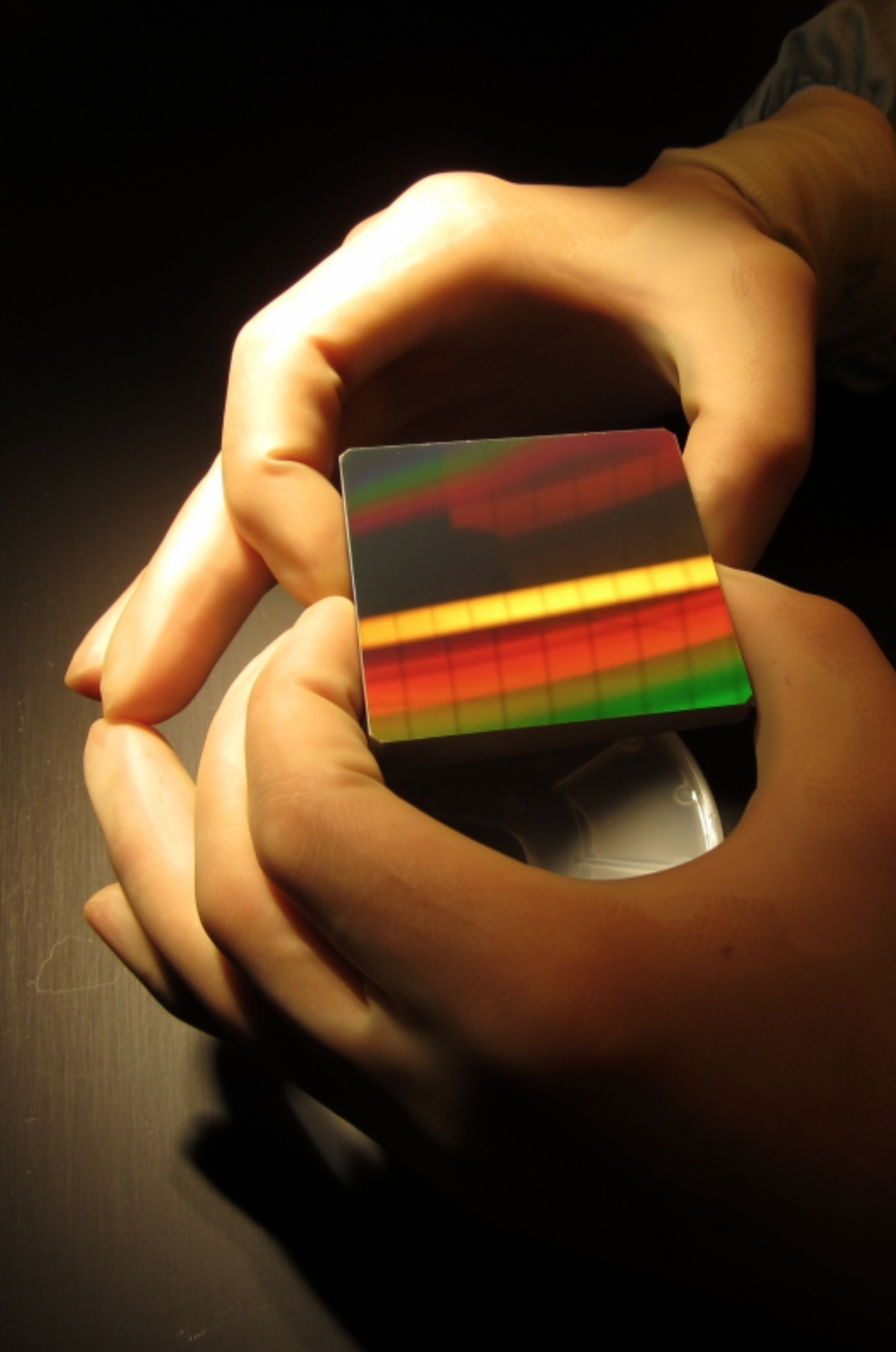Relevance of SRON to society
The relevance of SRON to society has TWO main components, first our climate and air-quality research for planet Earth and second the development and transfer of scientific and technological knowledge. Both are intimately linked to SRON’s research programme.
1. Watching our planet
Earth programme
In its Horizon 2020 programme the European Union has identified climate change as one of the main societal challenges, with the Paris climate agreement of October 2016 underpinning the urgency. Our focus is on the global carbon cycle (in particular the trace gases CH4, CO2, and CO) and on aerosols. The aim is to gain a better understanding of climate change and air quality. We provide remote-sensing data of the Earth’s atmosphere and software (modelling) tools and we have strategic alliances and contract-research projects with societal partners.
Our focus on CH4 and CO2 has a high potential, as the quality of data products from remote sensing is rapidly improving. The data are not only important for global budget studies anymore, but also for monitoring and verifications in support of the UNFCCC (United Nations Framework Convention on Climate Change) protocols.
Our focus on aerosols has a high potential as well. In its most recent (4th) assessment, the International Panel on Climate Change (IPCC) identified aerosols as the largest uncertainty in anthropogenic radiative forcing.
2. Transfer of science & technology
Technology programme
To answer current scientific questions requires overcoming huge technological challenges. We collaborate with knowledge institutes and companies to overcome these and we are actively seeking non-space applications of our knowledge.
Astrophysics programme
Curiosity is the driving force. By studying the universe, we are able to unravel its history and to understand the fundamental physical laws that govern it. The advanced technology needed to answer fundamental questions is developed in close collaboration with companies, through co-development.
Exoplanets programme
Curiosity is the driving force. It is beyond imagination for many that there may be a second Earth. Even more fundamental is the question whether life as we know it exists on other planets. The technical challenges associated with the detection of the weak exoplanet signal against its bright host star can only be solved in close collaboration with knowledge institutes and industry.
Earth programme
Watching over our planet is the driving force. Companies traditionally have a large role in developing the innovative instrumentation needed for Earth observation. SRON plays an active role in the early development stages, thereby strengthening the position of Dutch companies.
We give high priority to sharing knowledge with a wider public. Please see News & Media.
Collaborations are vitally important


SRON has collaborations with private/societal parties to realize its project goals. These collaborations are vitally important and occur in various modalities.
Co-development
During the research and the instrument-development phases, co-development between SRON and specific companies is an important route. Pushing the limits of engineering and/or manufacturing enables companies to develop new technologies and new products. Co-development is generally aligned with regional initiatives and subsidies: “Deal of the North” and “Region of Smart Factories” in the province of Groningen and “Space Cluster East” in the eastern part of the Netherlands involve companies/SMEs like e.g. Photonis, SST, and Veldlaser (and cosine in the western part of the Netherlands).
Joint research projects
Projects in an early phase and/or of limited volume can be contracted via ESA’s Technology Research Programme (TRP), ESA’s General Support Technology Programme (GSTP), or be selected by the Top Sectors policy of the Dutch government (see also NWO and the Dutch Top Sectors). Up to 2013, many projects at low TRL (Technological Readiness Level) were carried out together with industry within the NSO Pre-qualification ESA Programmes (PEP), but this funding route was terminated. Currently we make good use of the opportunities for joint projects with industry in the Top Sector High Tech Systems and Materials via the three roadmaps Space, Advanced Instrumentation, and Components and Circuits. Our success rate in the ESA low-TRL programmes is high because technology development is generally conducted with leading industries and builds on SRON’s technology reputation.
Collaboration in Big Science projects
Big Science projects have by definition a strong industrial component, from the Netherlands or outside. SRON has an industrial liaison officer (Paul Hieltjes) whose role is to match company expertise and project needs and to help companies to tender for ESA calls. Big Science projects usually involve missions in the ESA science programme, such as SPICA/SAFARI and Athena/X-IFU). For such missions, SRON applies for funding from NWO’s National Road Map for Large-scale Research Infrastructure.
More (in Dutch)
De afgelopen jaren heeft SRON sterk ingezet op verregaande kennisuitwisseling en samenwerking met nationale en internationale partners als ESA, NSO, TU Delft, de Universiteit Utrecht, University of Arizona, TNO, het KNMI en het RIVM. Het omvat onder andere samenwerking op het gebied van research & development, productontwerp en productie.

Daarnaast heeft SRON contacten gelegd met de industrie en het MKB over toepassingen van technologie in de markt en het outsourcen van gespecialiseerde kennis. Omdat de specialistische apparatuur en instrumenten die SRON ontwikkelt, worden getest onder zeer extreme omstandigheden, kunnen ze ook hun nut bewijzen in andere toepassingen, bijvoorbeeld in telecommunicatie, medische toepassingen en innovaties in land- en tuinbouw.
SRON heeft veel ervaring met elektronica voor toepassingen in de ruimte, die functioneert onder zeer extreme omstandigheden zoals in vacuüm en bij extreme temperatuurverschillen. Voorbeelden van valorisatie zijn:
- Application Specific Integrated Circuits (ASICs): Je ziet ze niet, maar ze zijn overal, chips, ofwel minuscule elektronische geïntegreerde circuits. De chips die SRON ontwikkelt vinden hun weg naar zeer specialistische toepassingen buiten het ruimteonderzoek, bijvoorbeeld in gevoelige seismometers. ASICs passen in een trend naar verregaande miniaturisering van elektronica.
- Verzonken tralies: De door SRON en TNO ontwikkelde verzonken tralie is een revolutionaire combinatie van een prisma en een optische tralie die licht van binnenuit op golflengte scheidt. Met partners als FOM en TNO wordt gewerkt aan toepassingen van deze verzonken tralies, onder andere in UV-reflectietralies en spectrometers die vanaf de aarde werken.
- KID front-end electronics: KIDs (Kinetic Inductance Detectors) zijn gevoelige stralingsdetectoren gebaseerd op microgolfresonatoren. Deze detectoren zijn veelbelovend voor de uitlezing van detectoren die vanaf de aarde werken.
- Terahertz-ontvangers: De specialistische terahertz-ontvangers die door SRON zijn ontwikkeld vinden hun weg naar medische diagnostiek, farmaceutische toepassingen en veiligheid.
Topconsortia voor Kennis en Innovatie (TKI’s)
Om innovatie te stimuleren zijn er binnen de negen topsectoren “Topconsortia voor Kennis en Innovatie” (TKI’s) opgezet. Deze TKI’s stimuleren publiek-private samenwerkingsprojecten. In de TKI’s zoeken ondernemers en wetenschappers samen naar manieren om vernieuwende producten en diensten op de markt te brengen. Meer over de TKI-projecten van SRON is hier te vinden.


